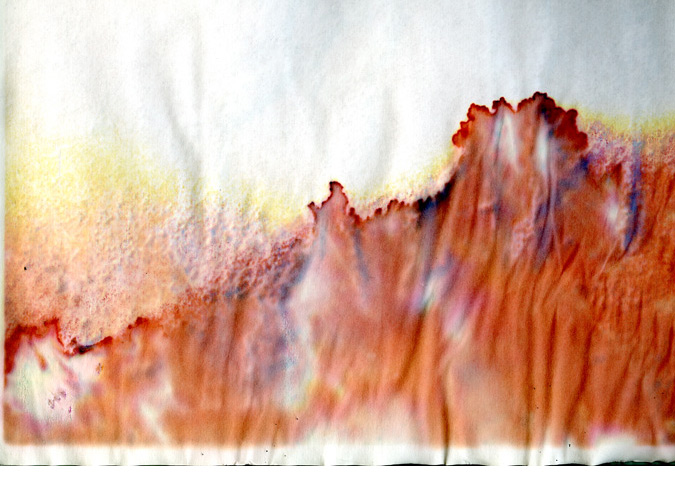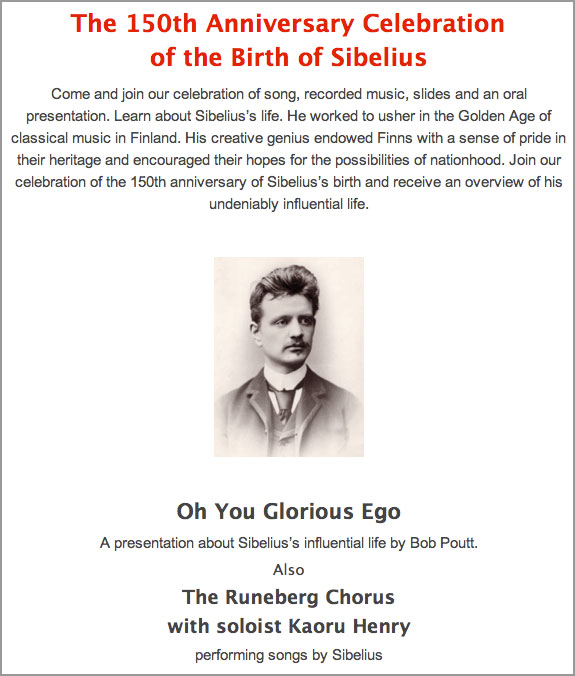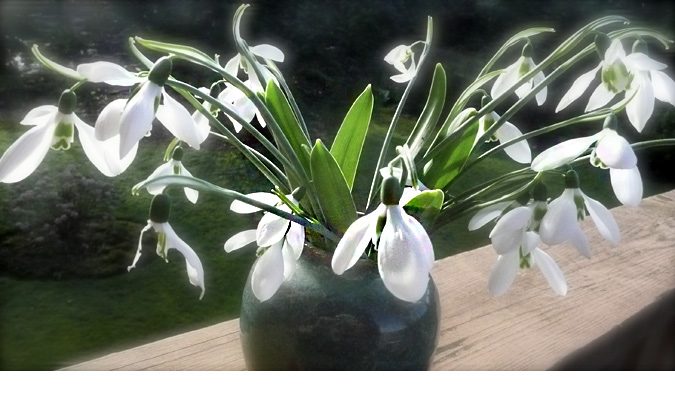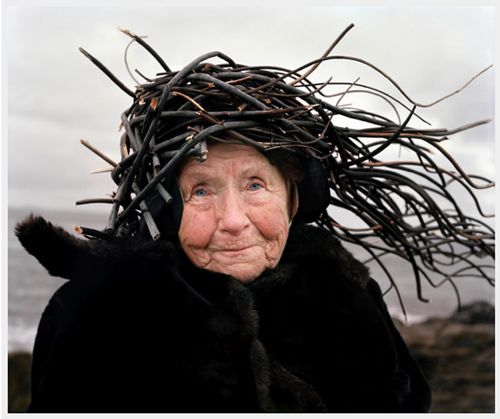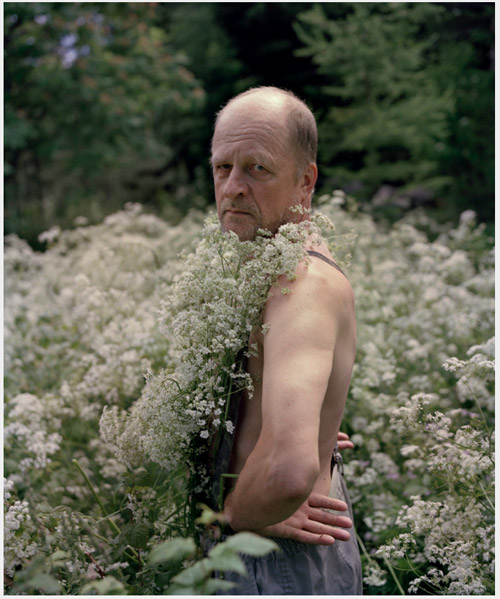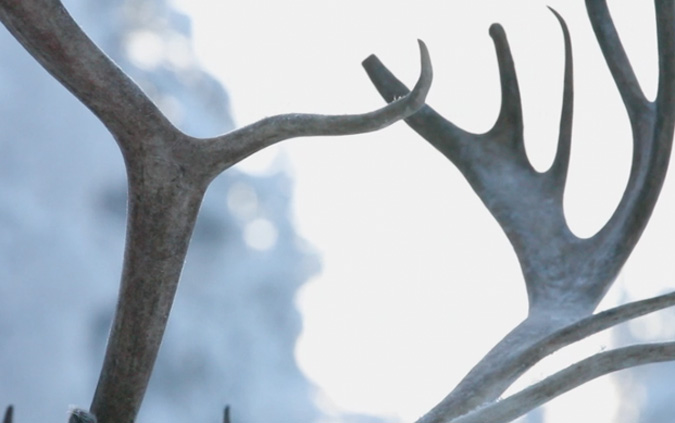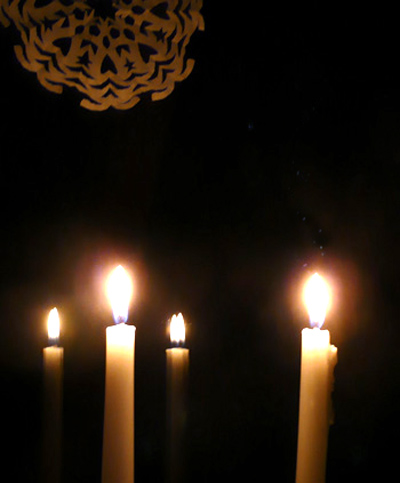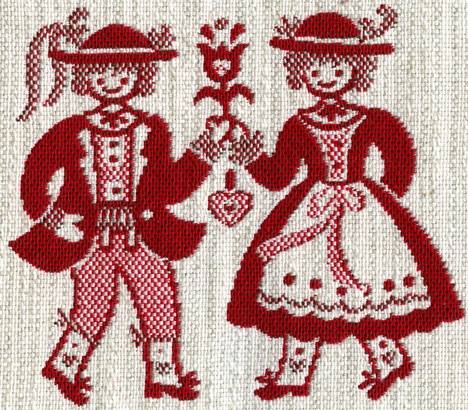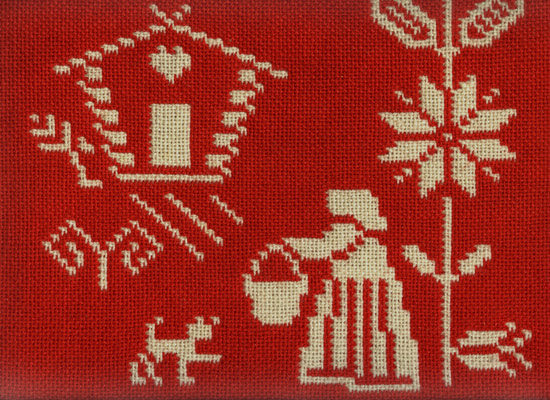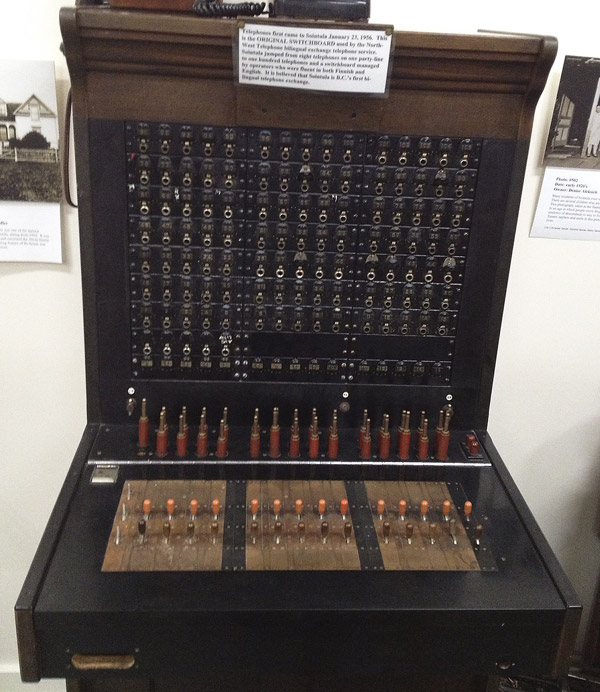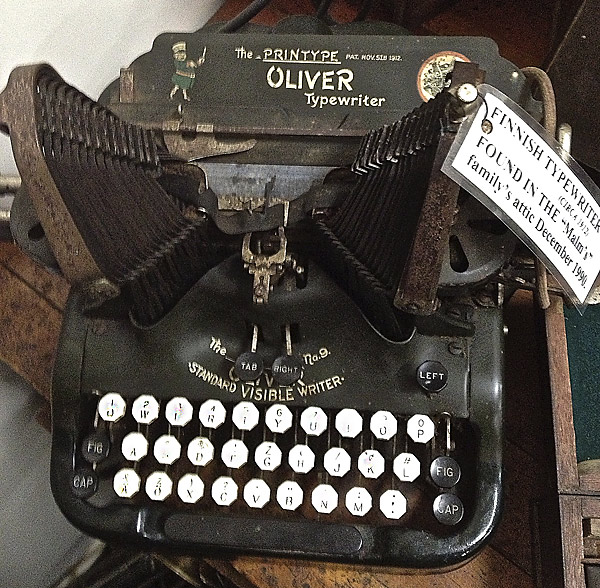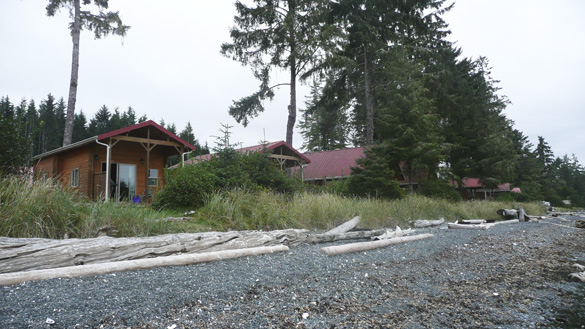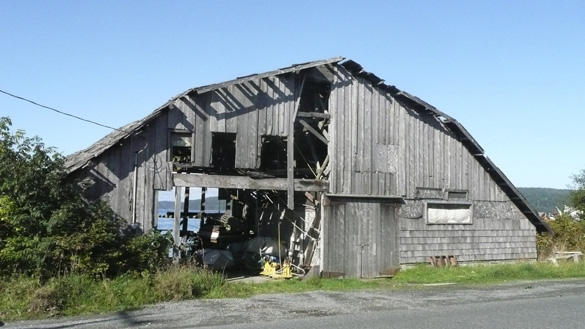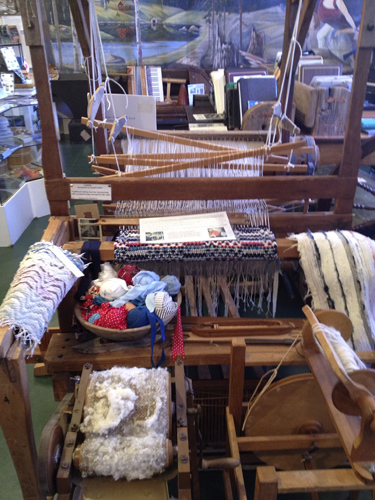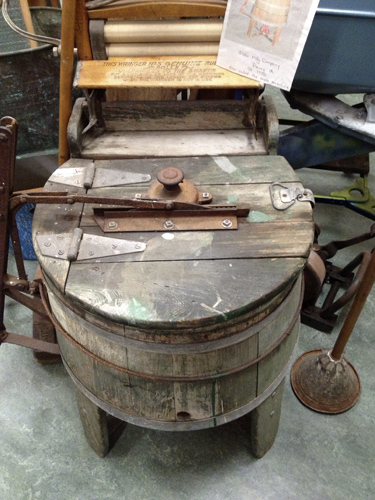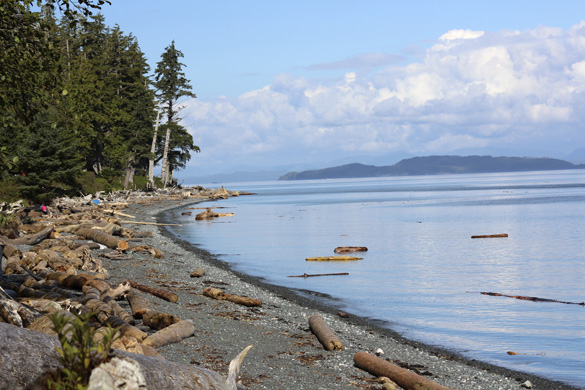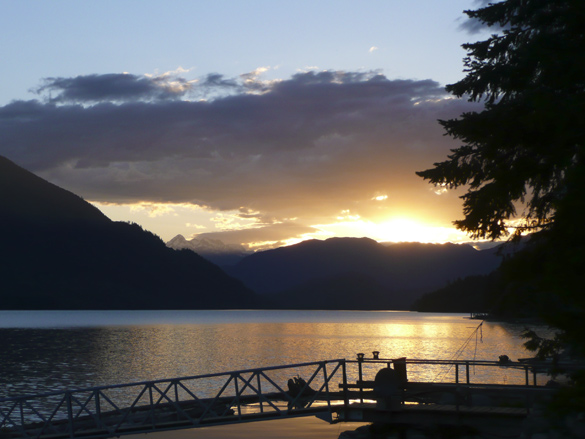May Day Eve
Happy May Day Eve! Hauskaa Vappua! If you are in Finland many of you may have enjoyed bonfires on beaches, along with some sima and tippaleipää. In Germany, it’s Walpurgisnacht, in England there’s Maypole dancing. Here is one of many posts from my archives about this eve and day. Rather miss it here in Canada.
I have been playing in my little studio with offcuts of old print proofs, some of which had water damage that had resulted in some fascinating new patterns, bleeds, stains and even wrinkles, such as in the above image. It makes me think of those wonderful bonfires so thought to place this one here.
